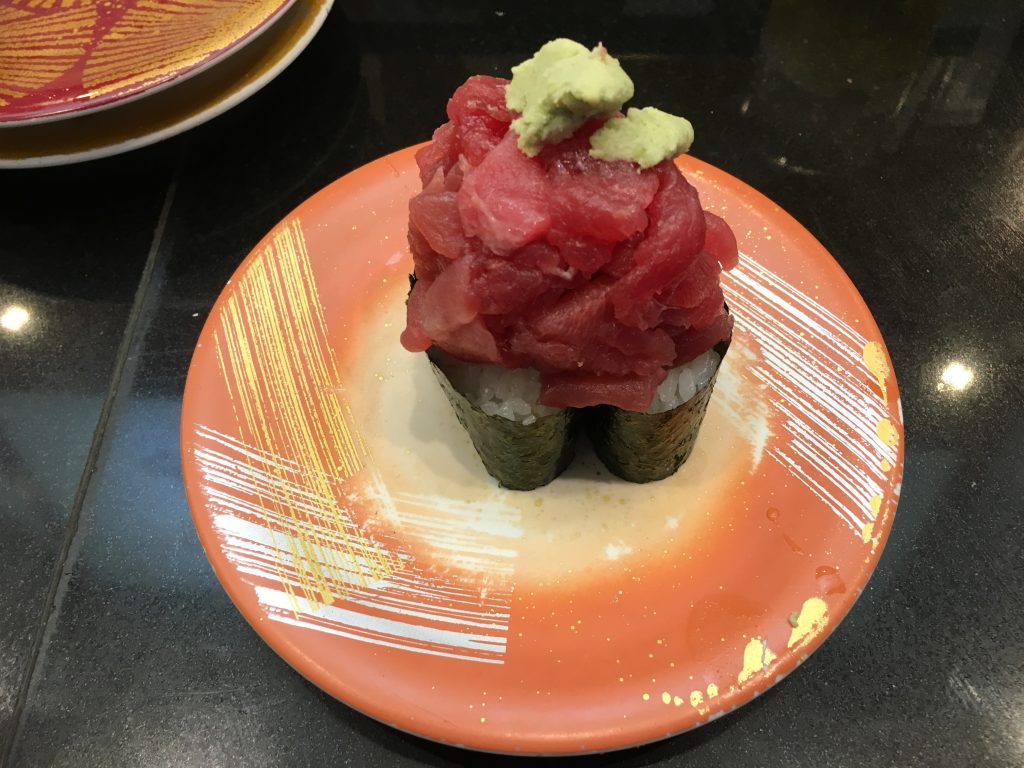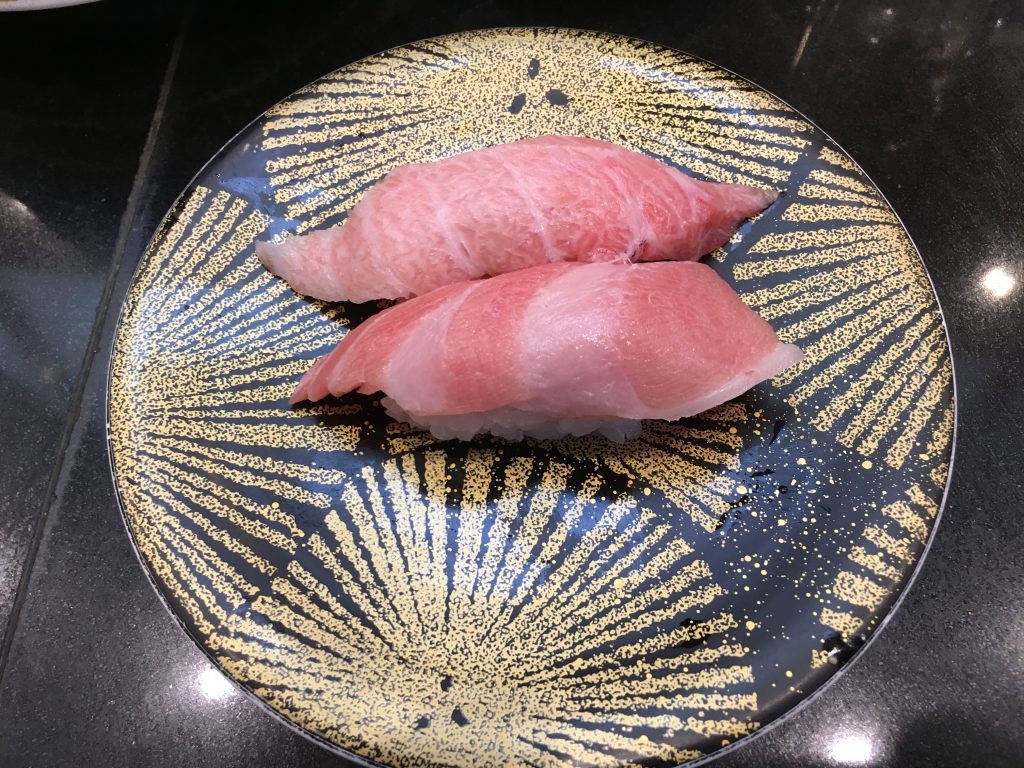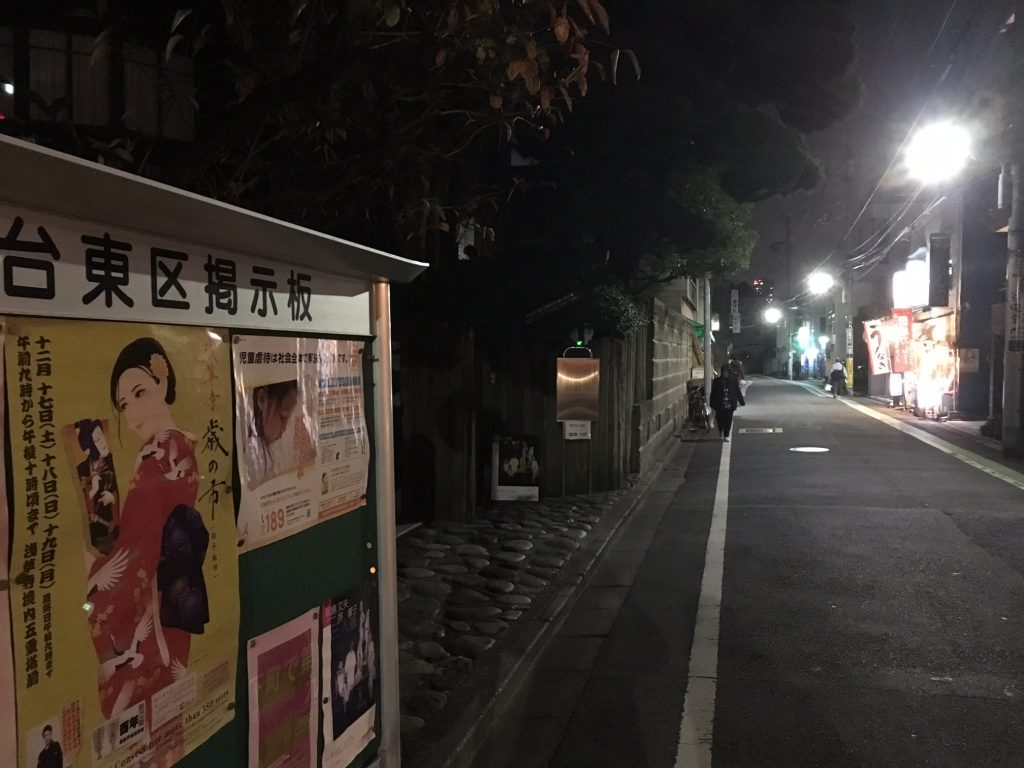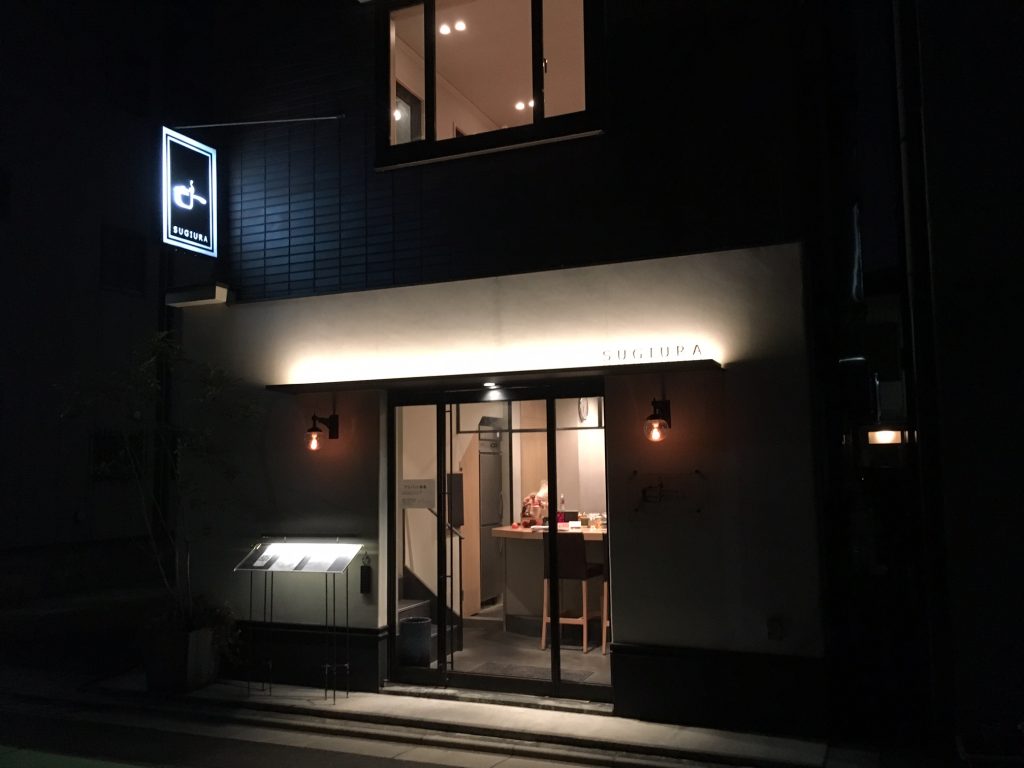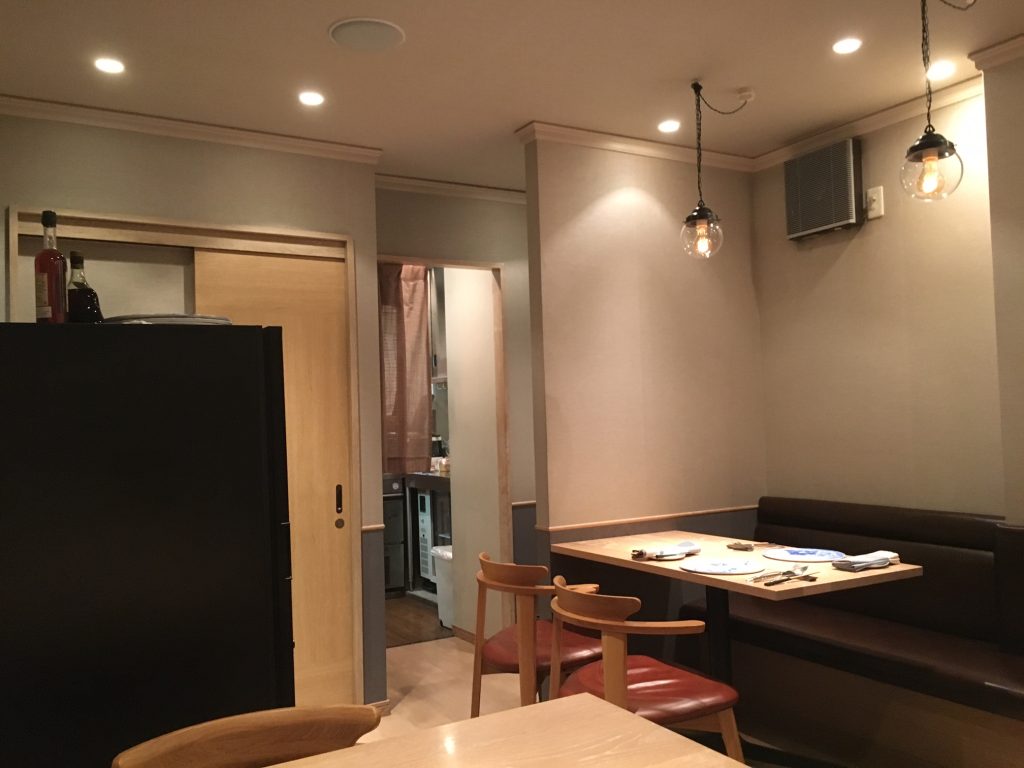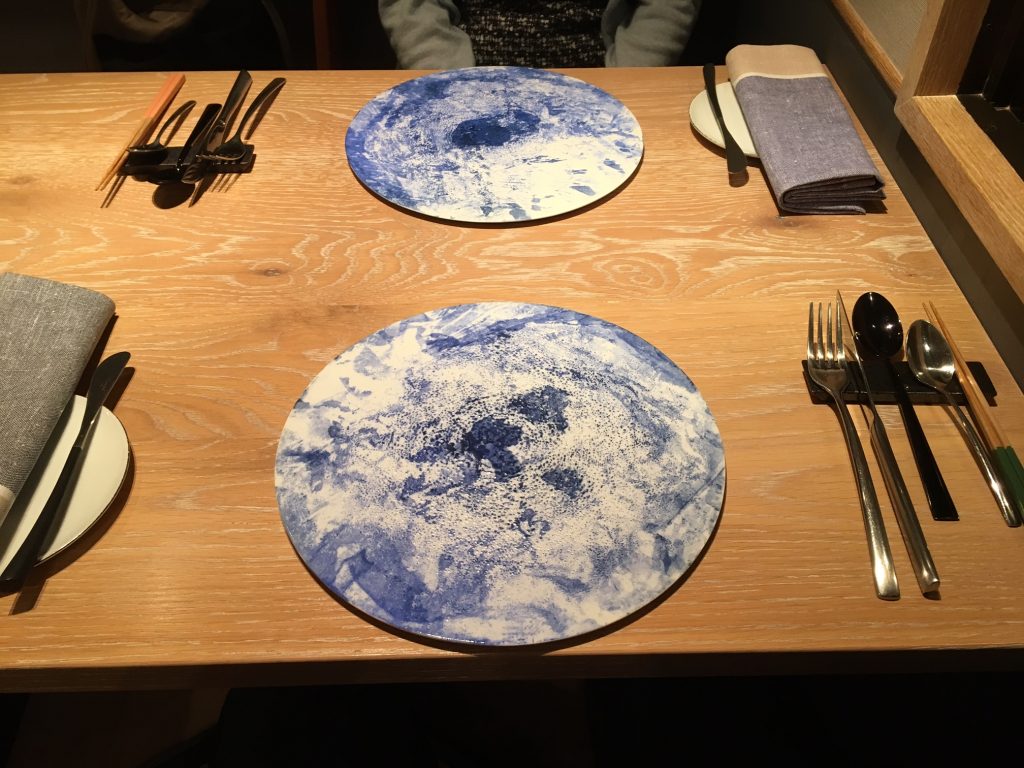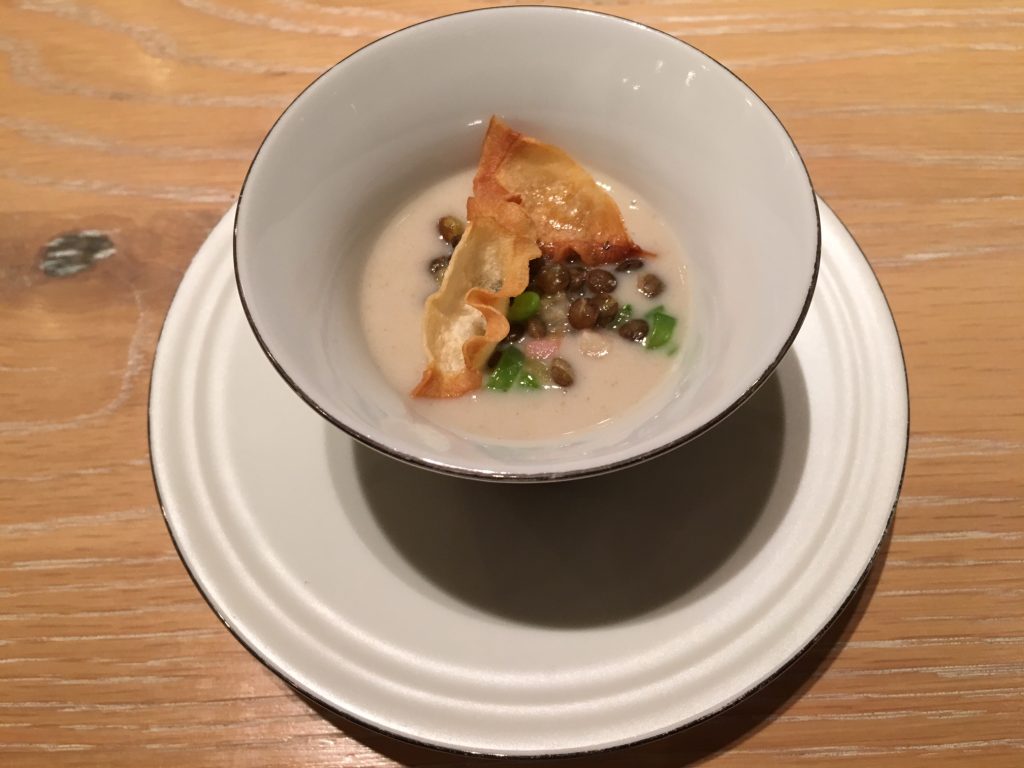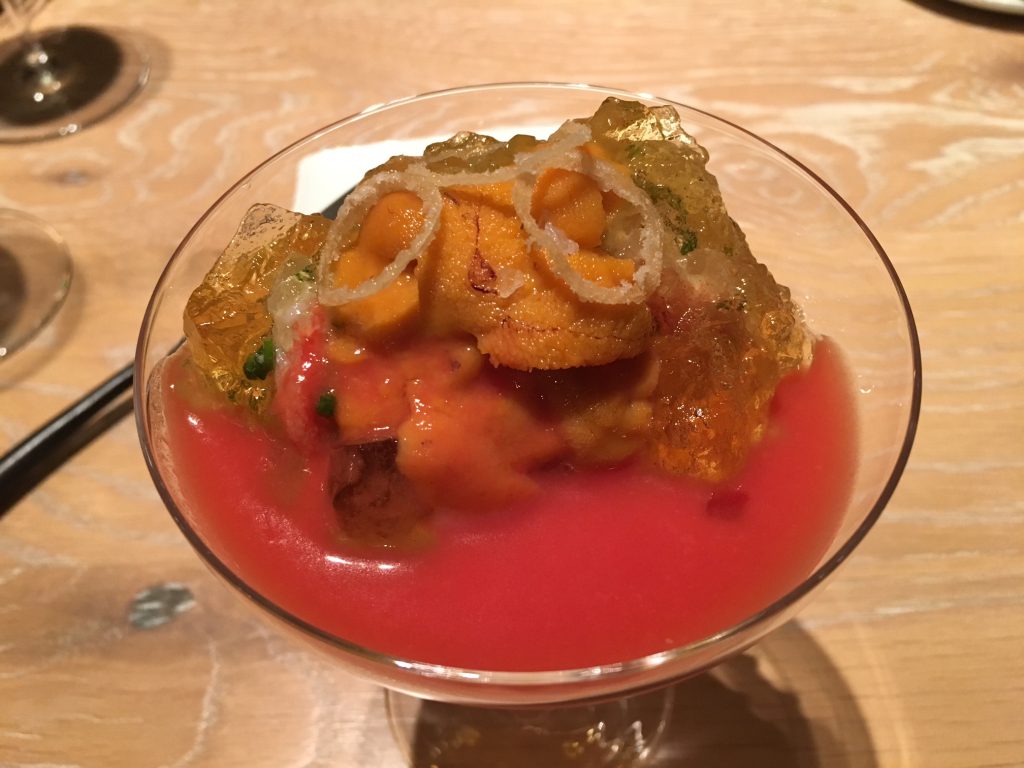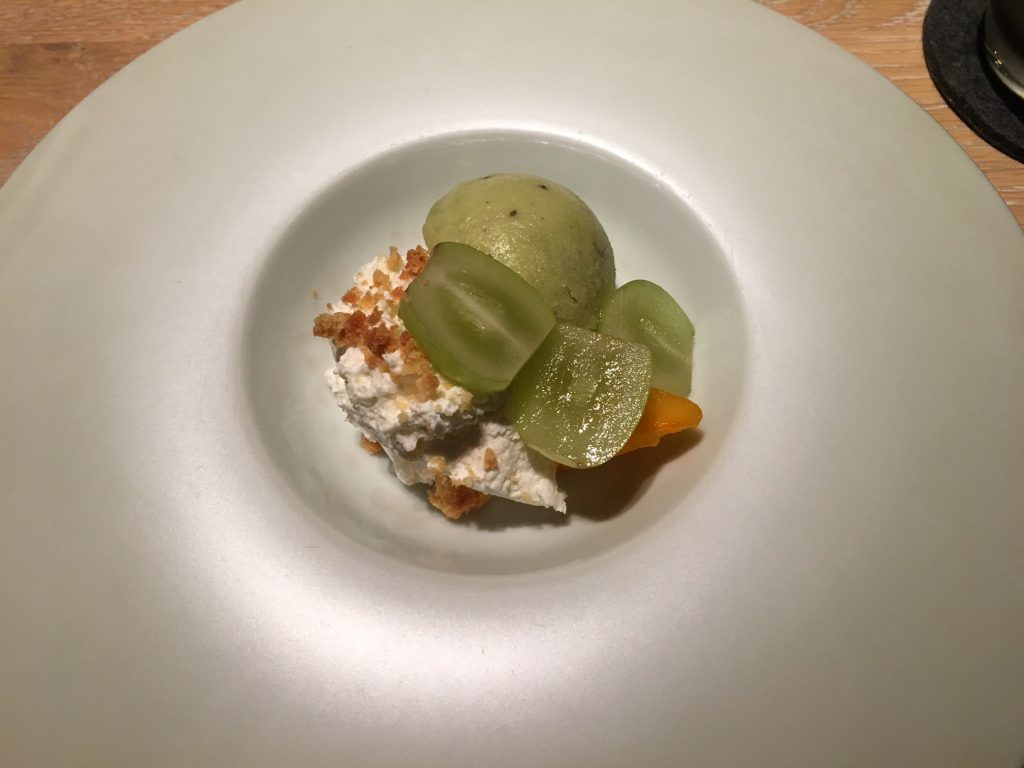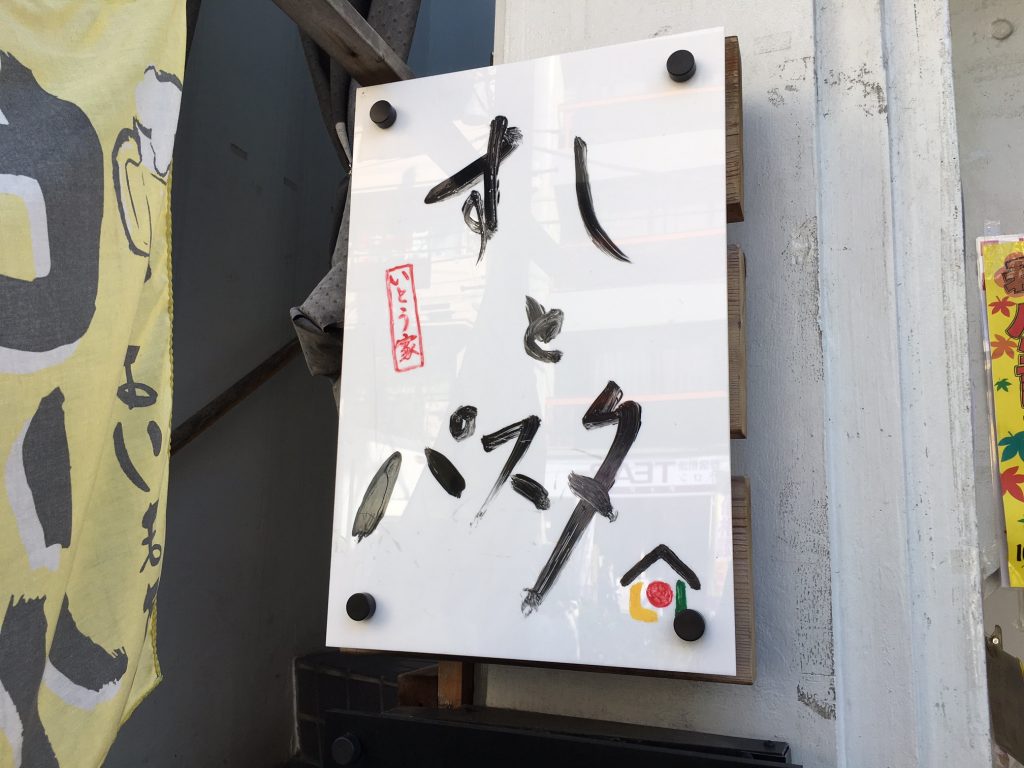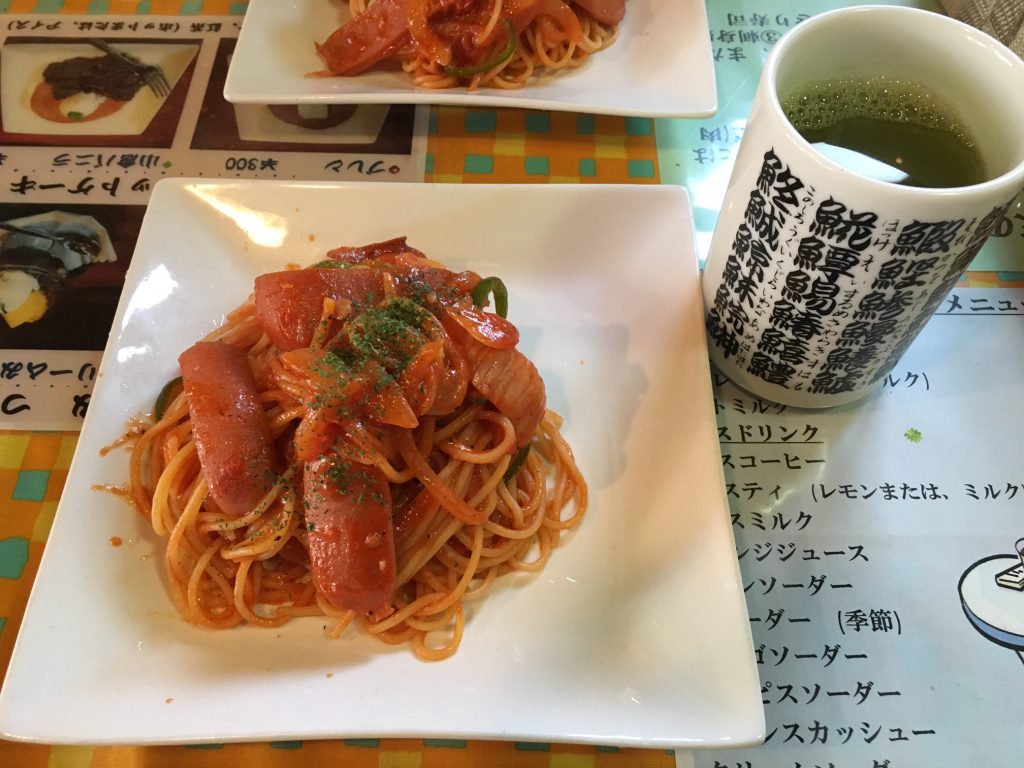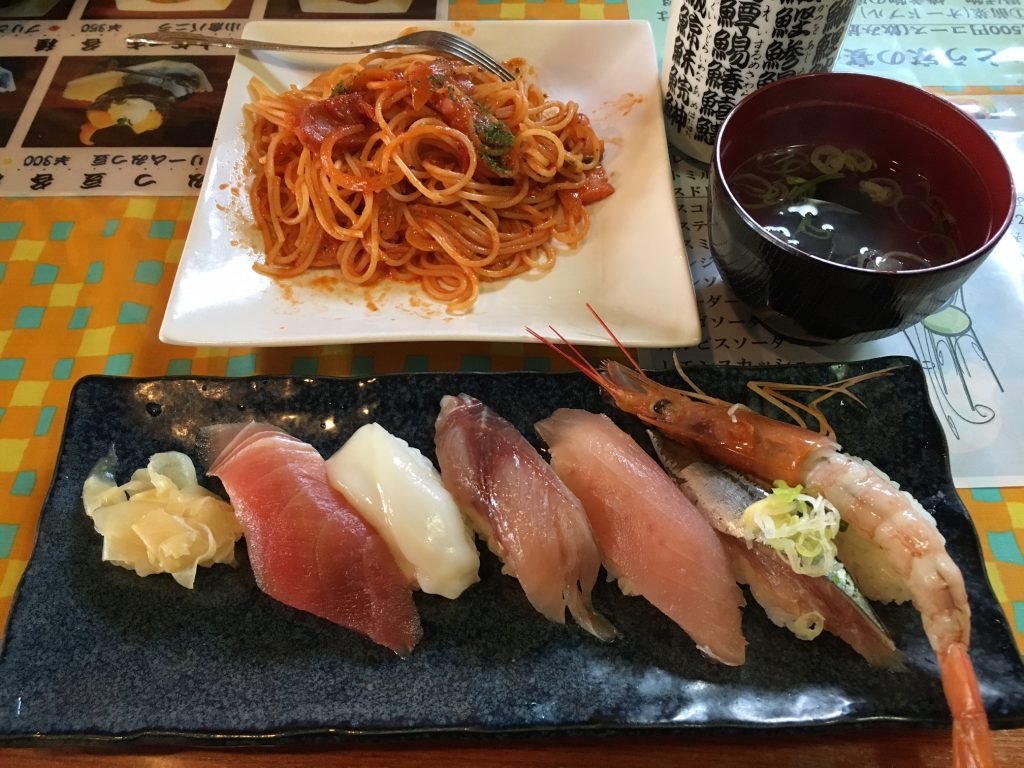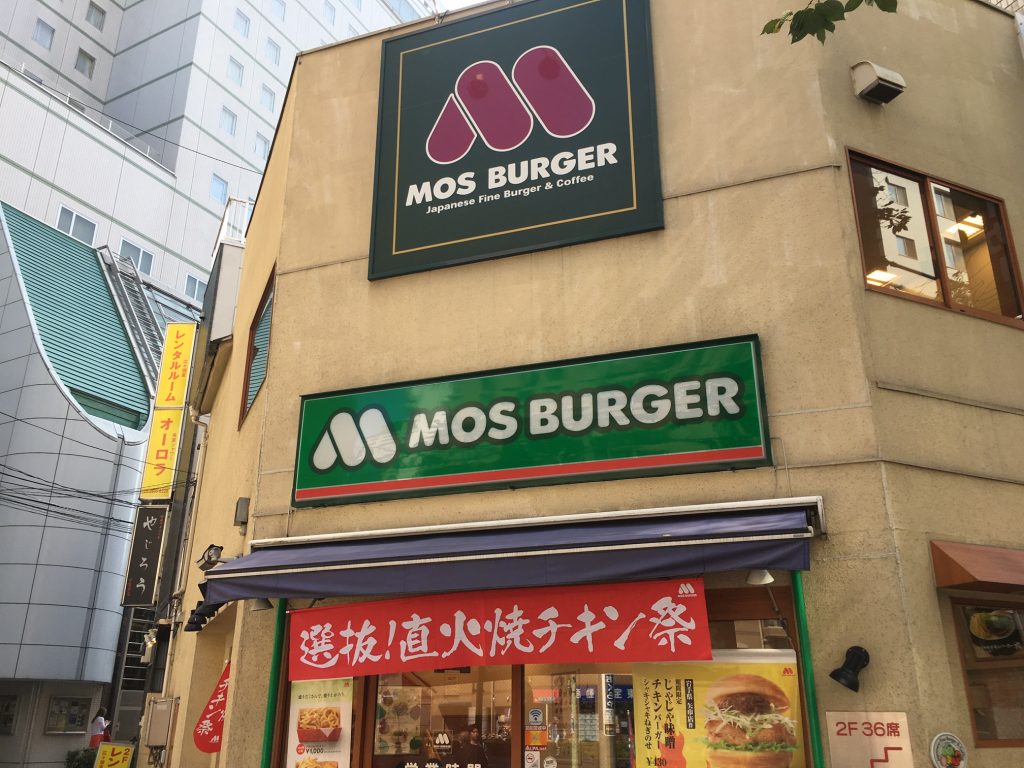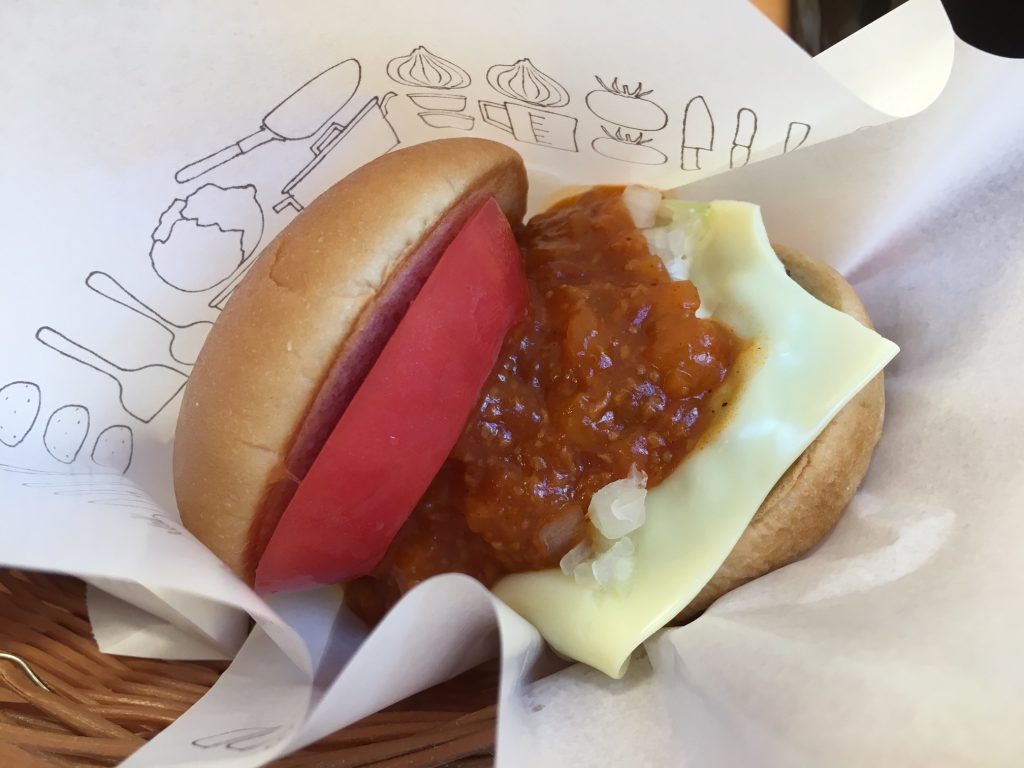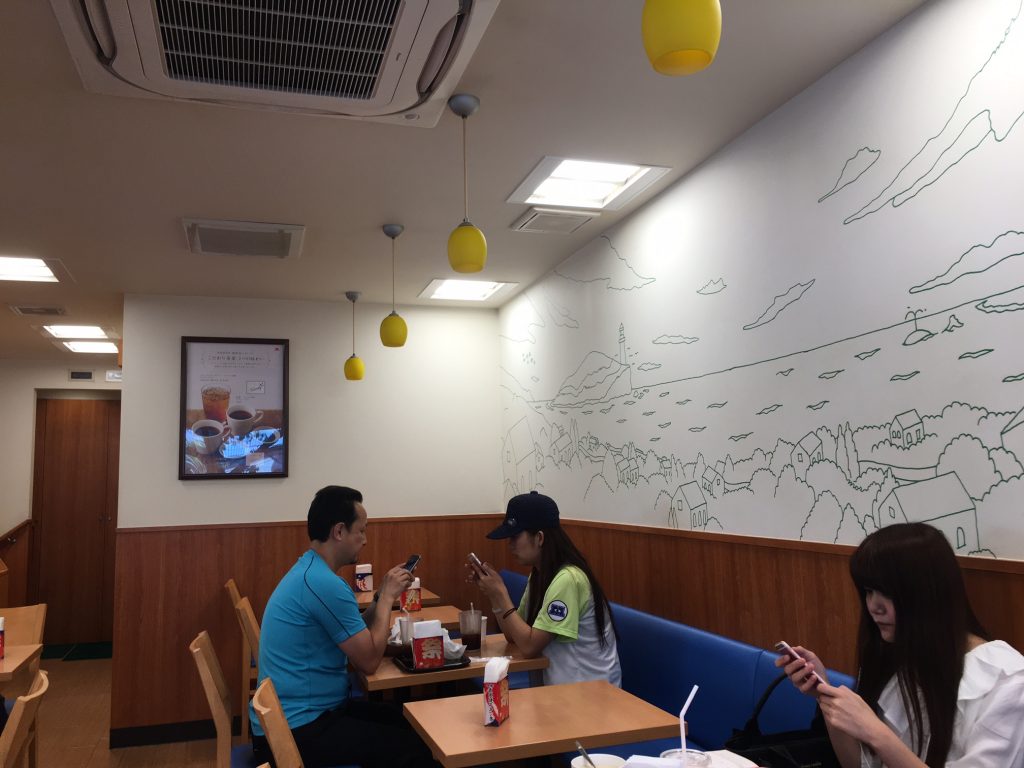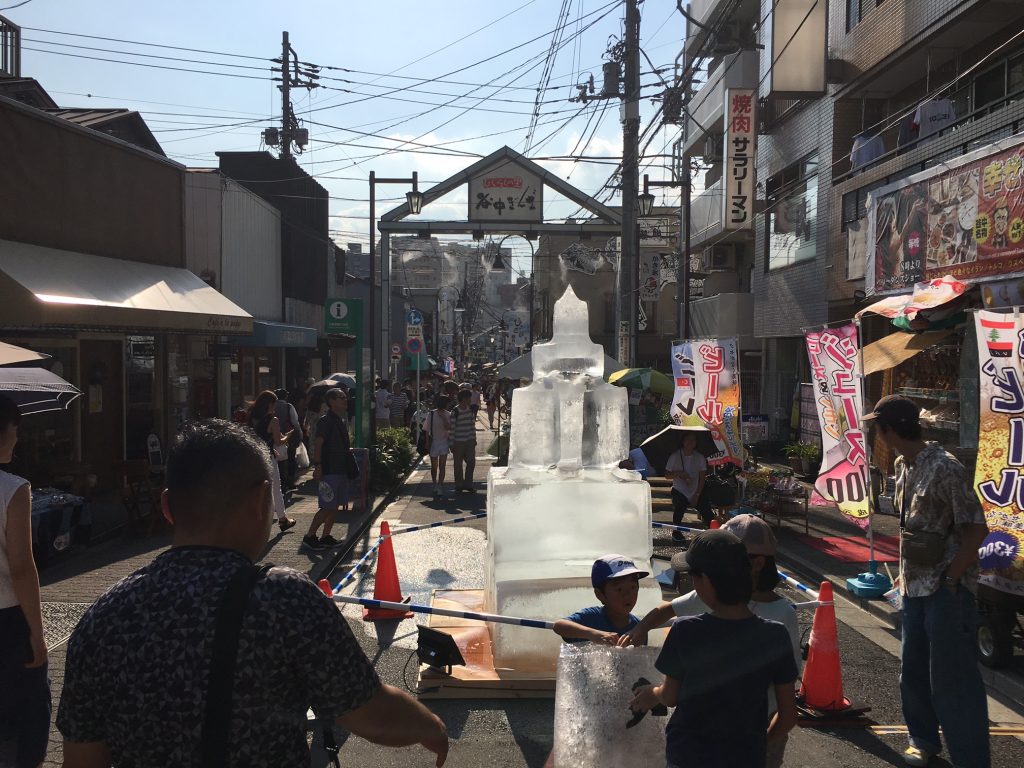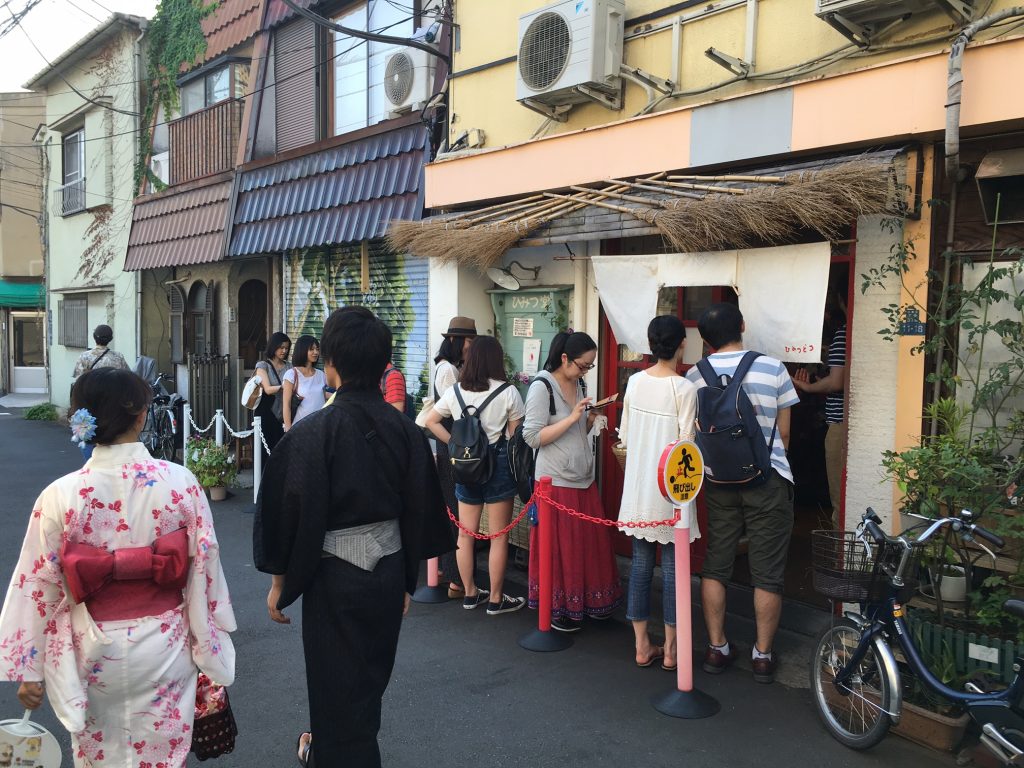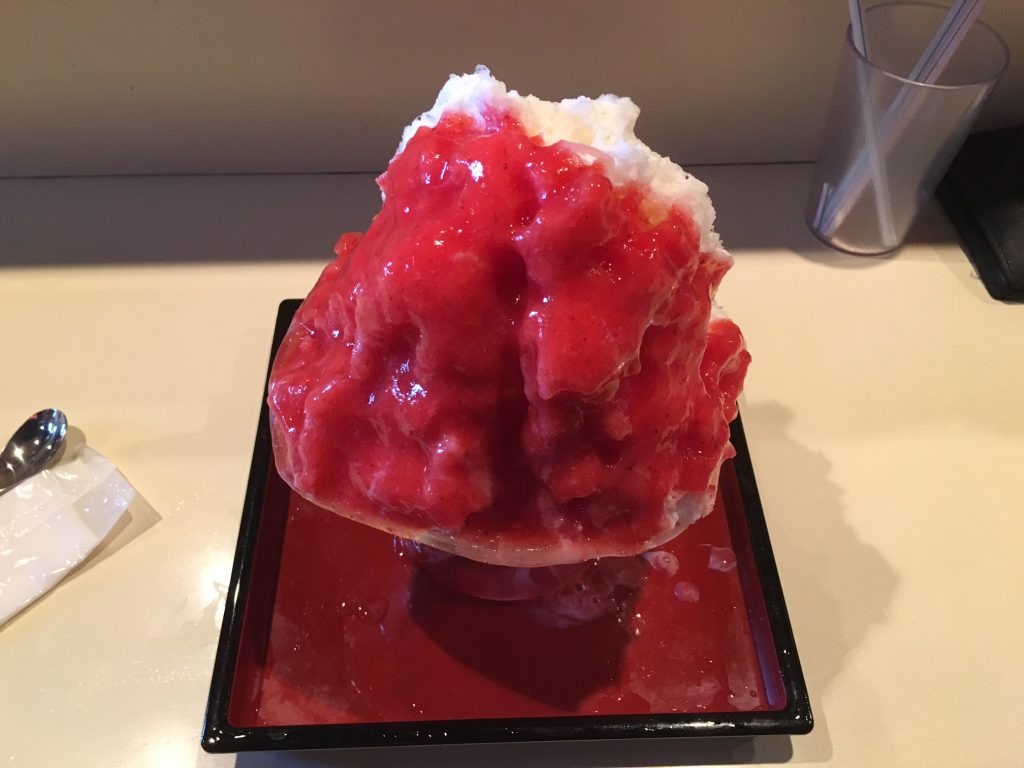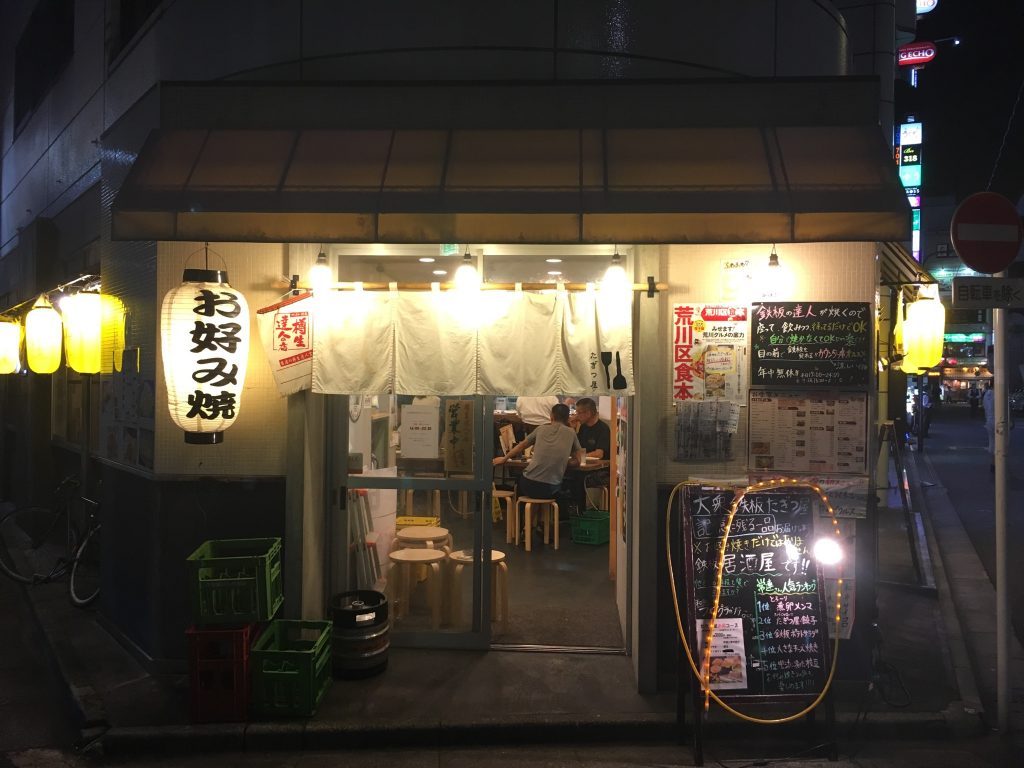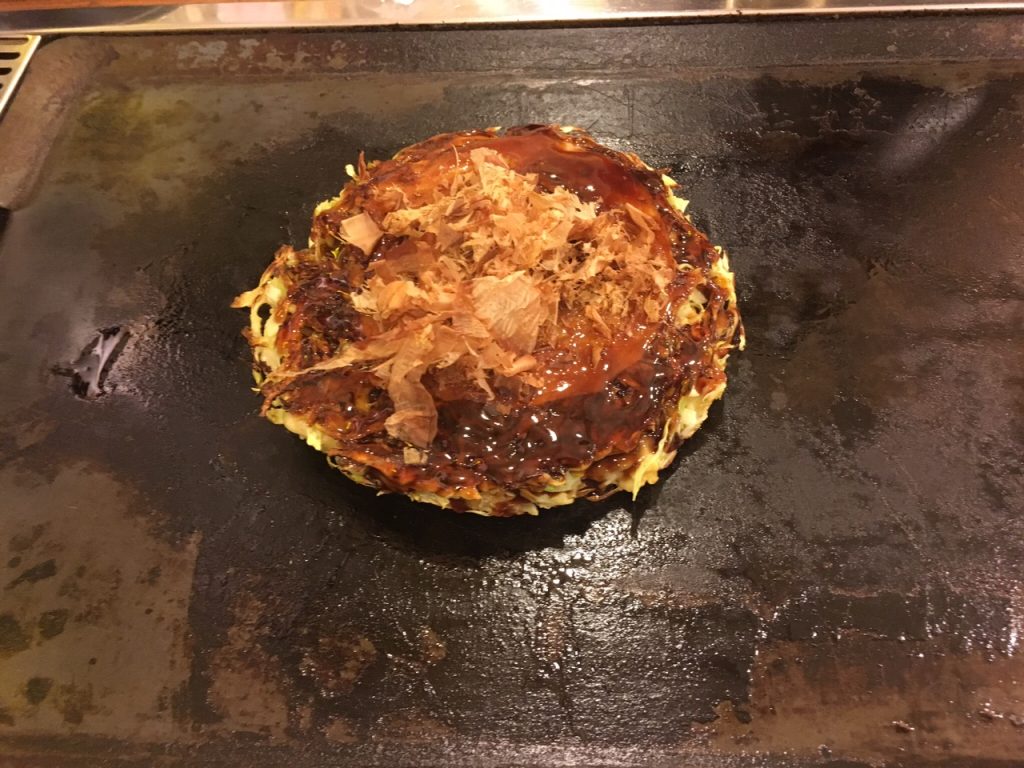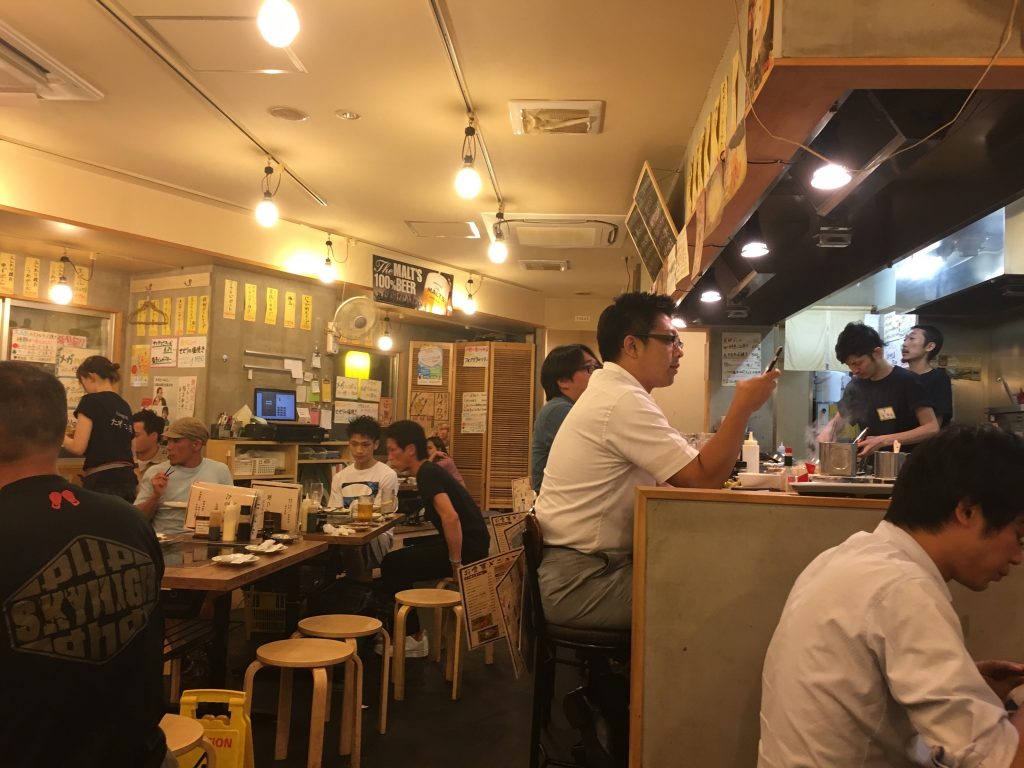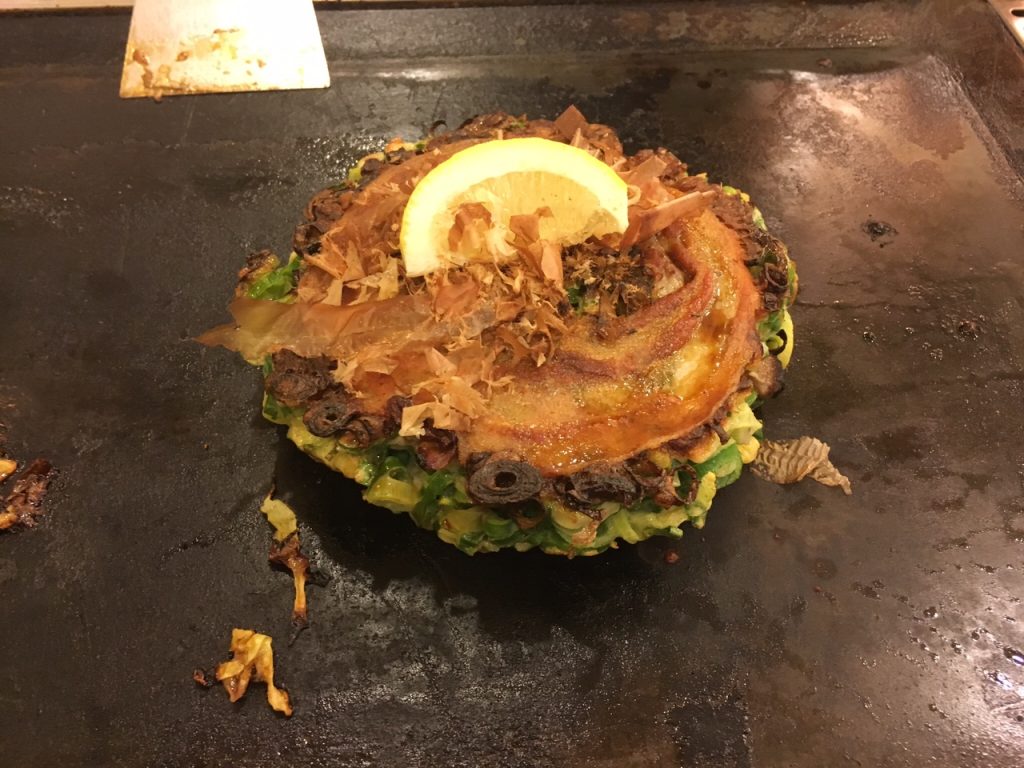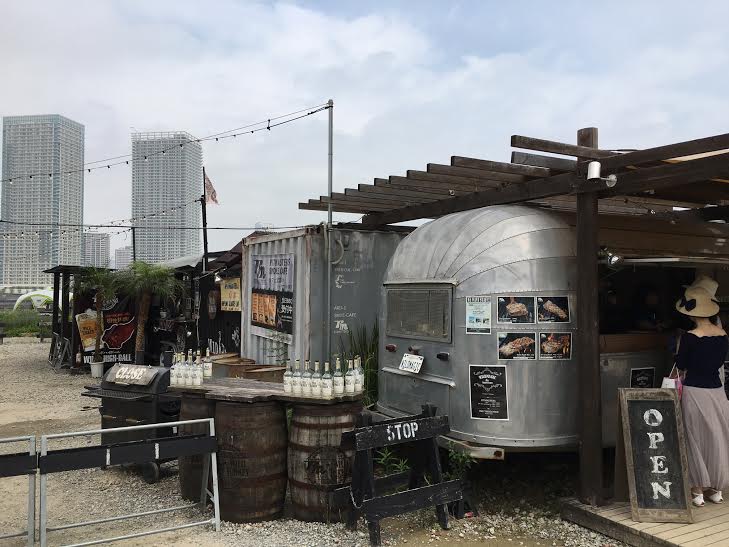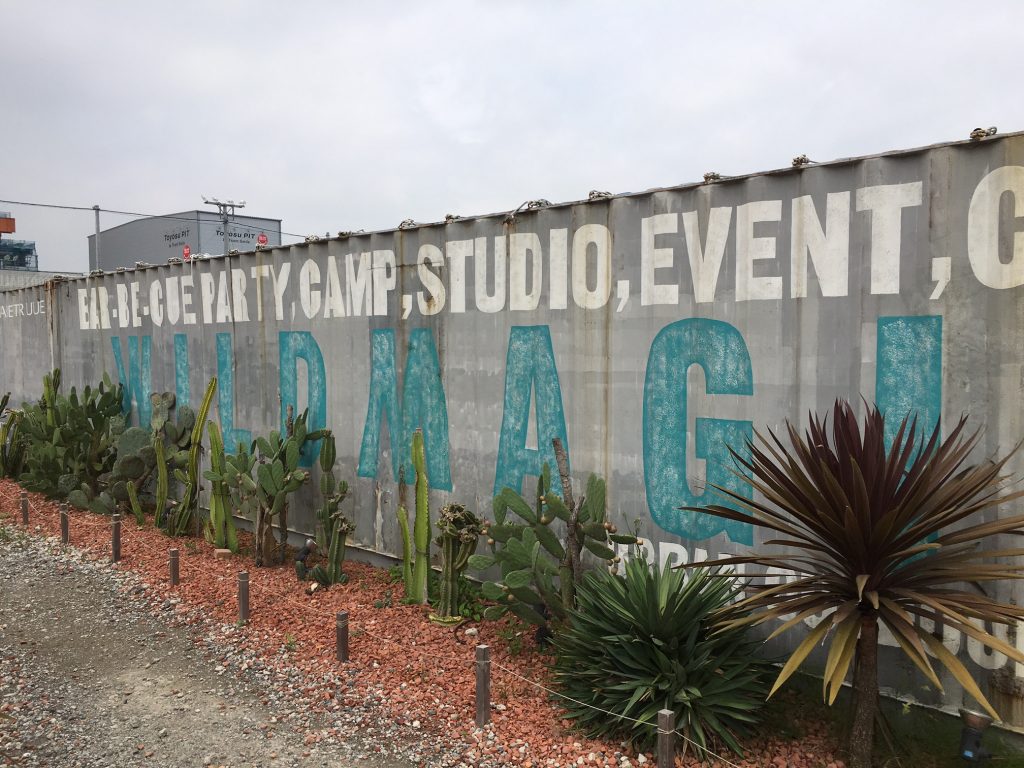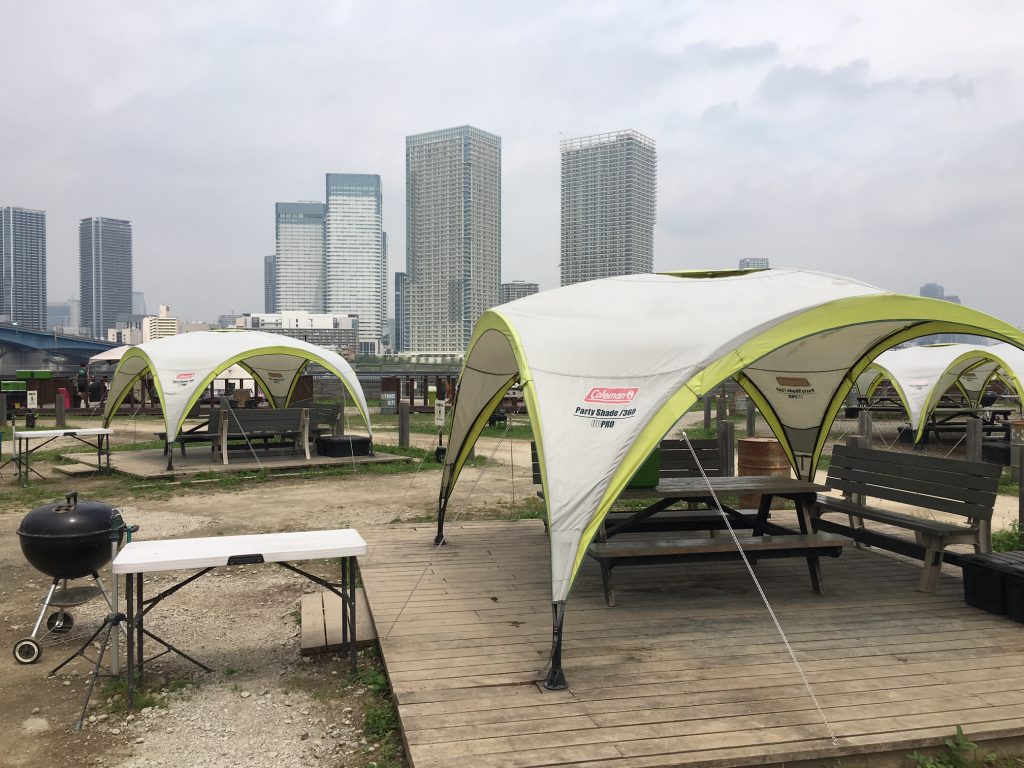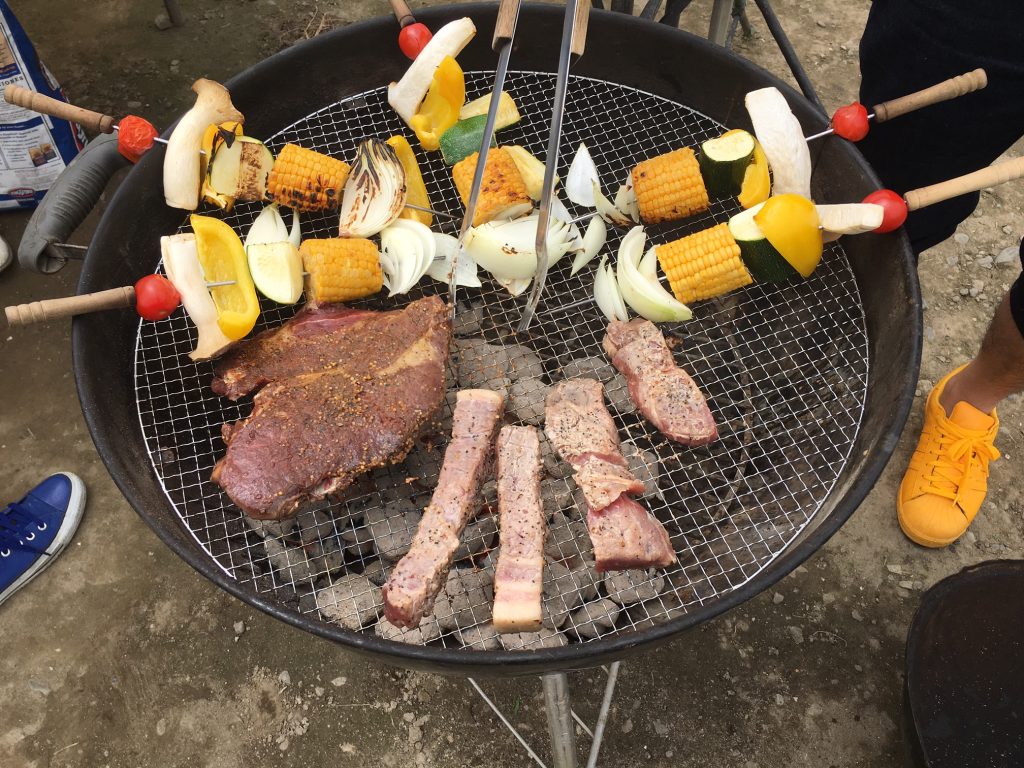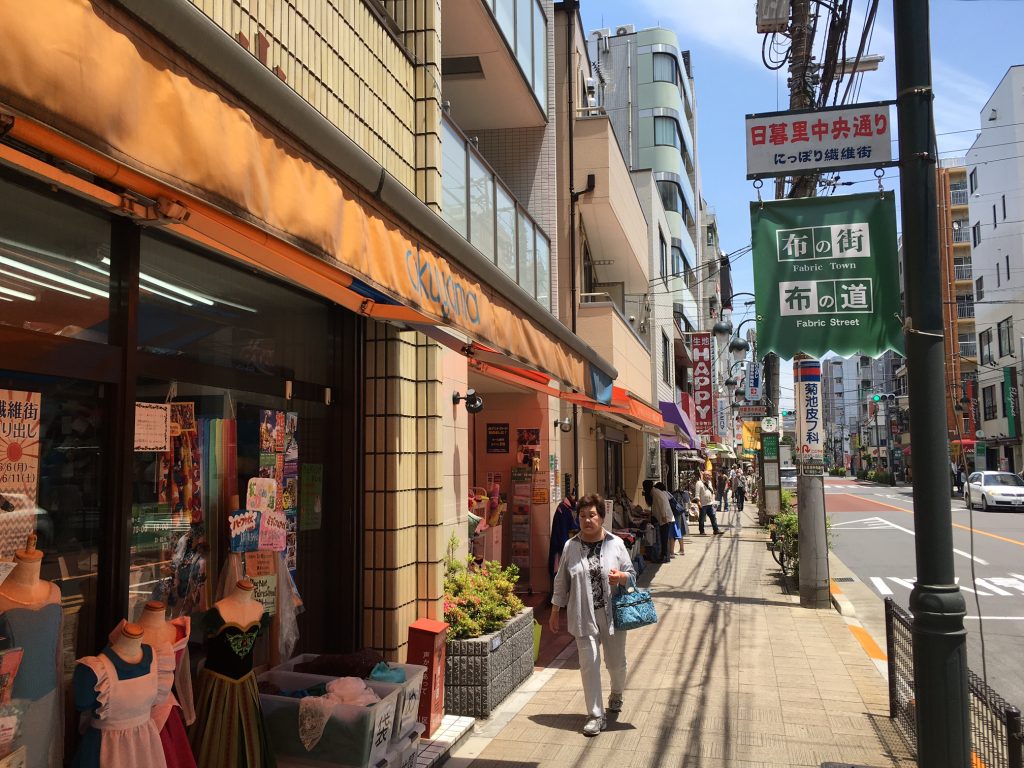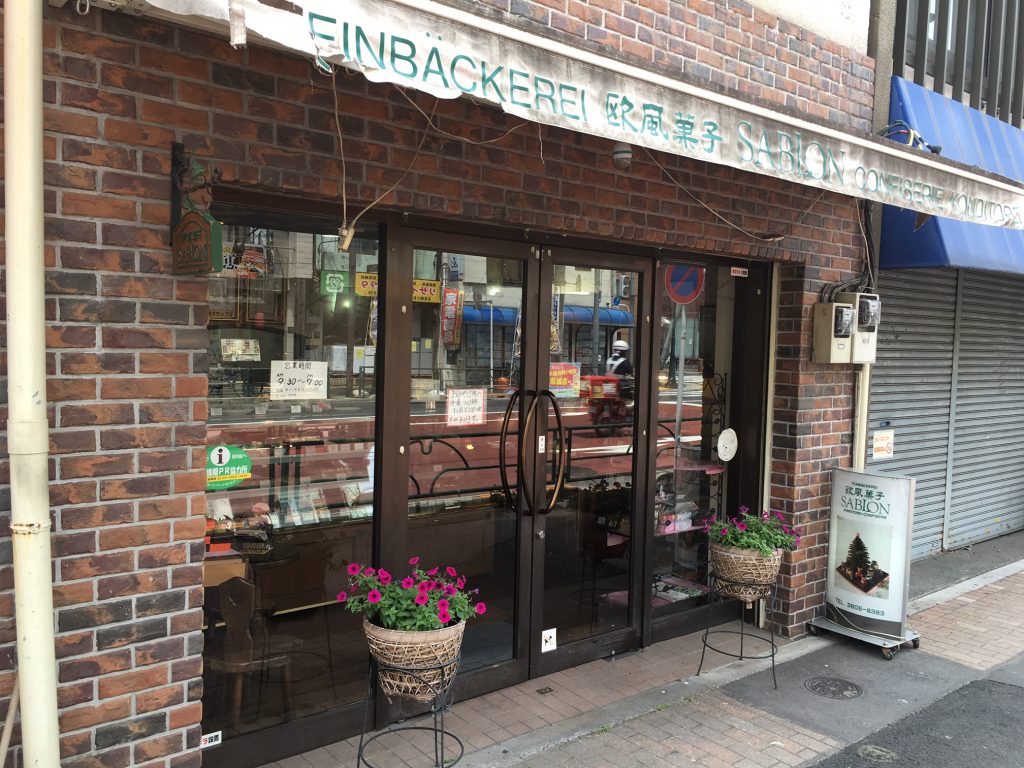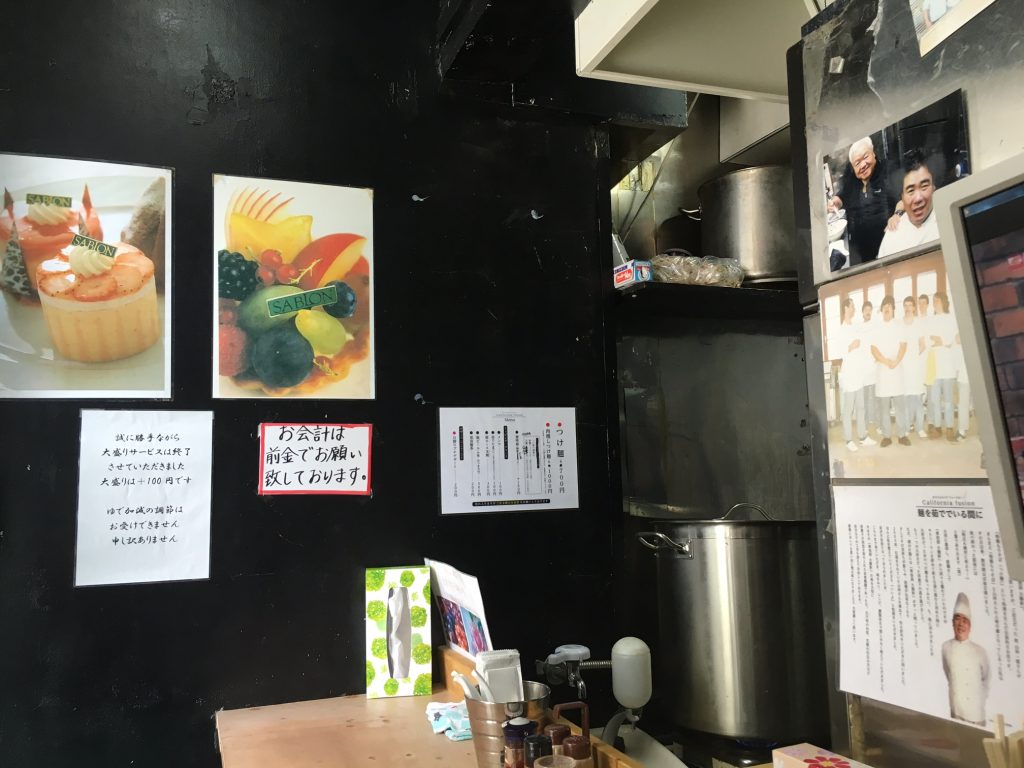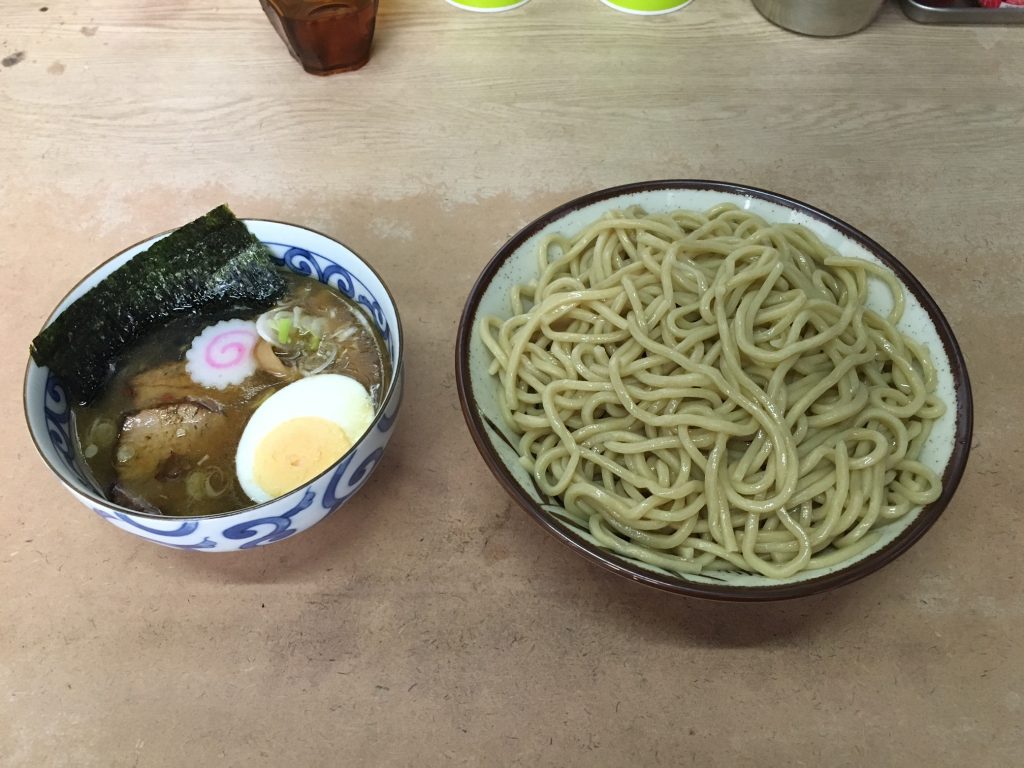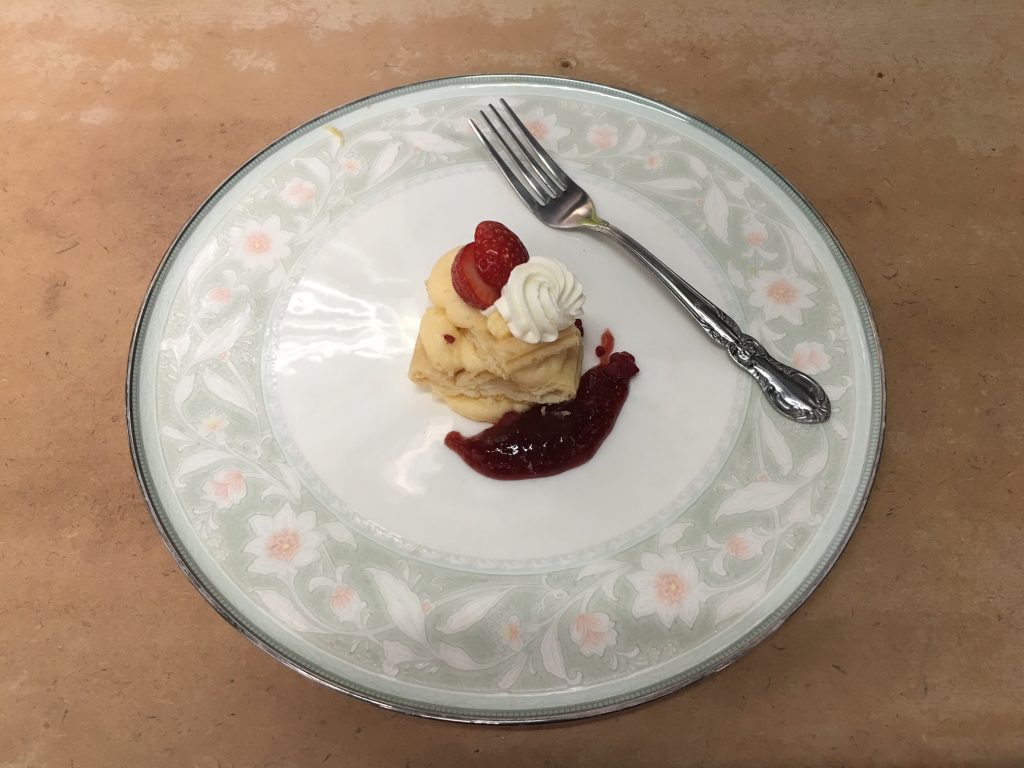Recently an American-style Chinese restaurant chain Panda Express, which is popular in the US, opened a new branch in Japan as their second shot to Japanese market after they had closed all the branches in 2010. However, same as the last time, many people is skeptical that the chain can succeed in Japan.
Panda Express takes second shot at Japan
The reason of the concern is the competitive situation of Japanese Chinese food restaurants. In the US Panda Express has been growing as they serve Chinese dishes with reasonable prices quickly compered to authentic Chinese restaurants. However, in Japan there are many other Chinese restaurants with as reasonable pricing as Panda Express or even more reasonable.
A typical example is Hidaka-ya, which operates more than 300 chains in Tokyo and metropolitan area.
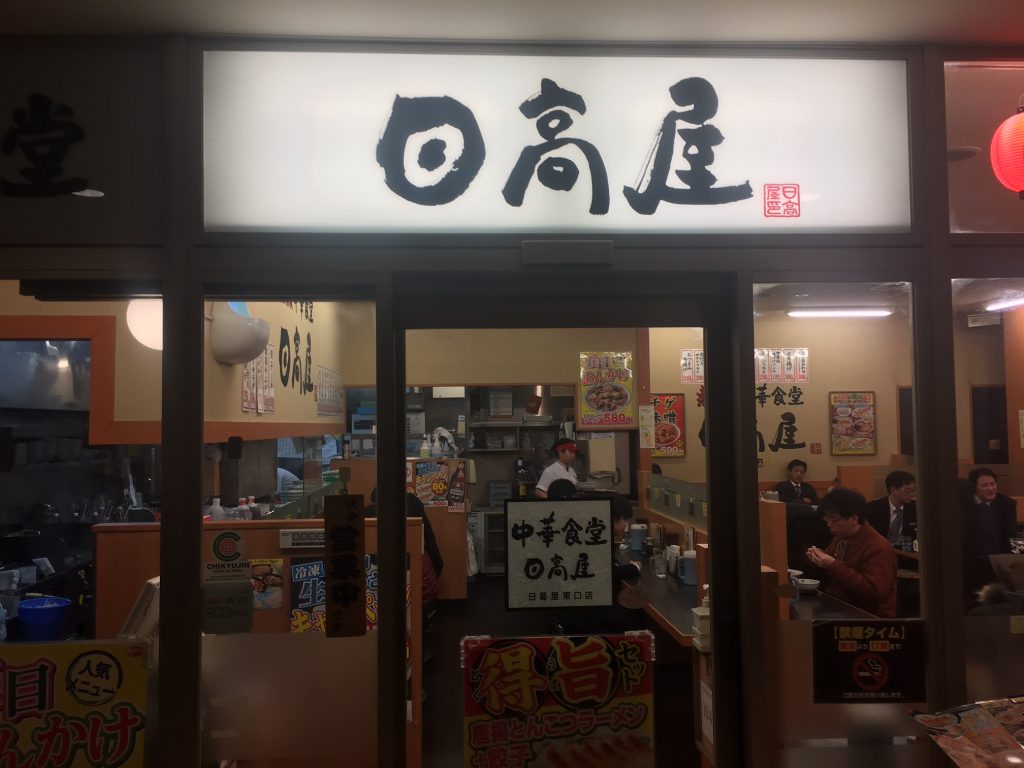
In Tokyo the branches of the restaurant are usually located close to main stations where many people come and go. And they have a lot of seats to absorb all the customers even at busy dinner time.
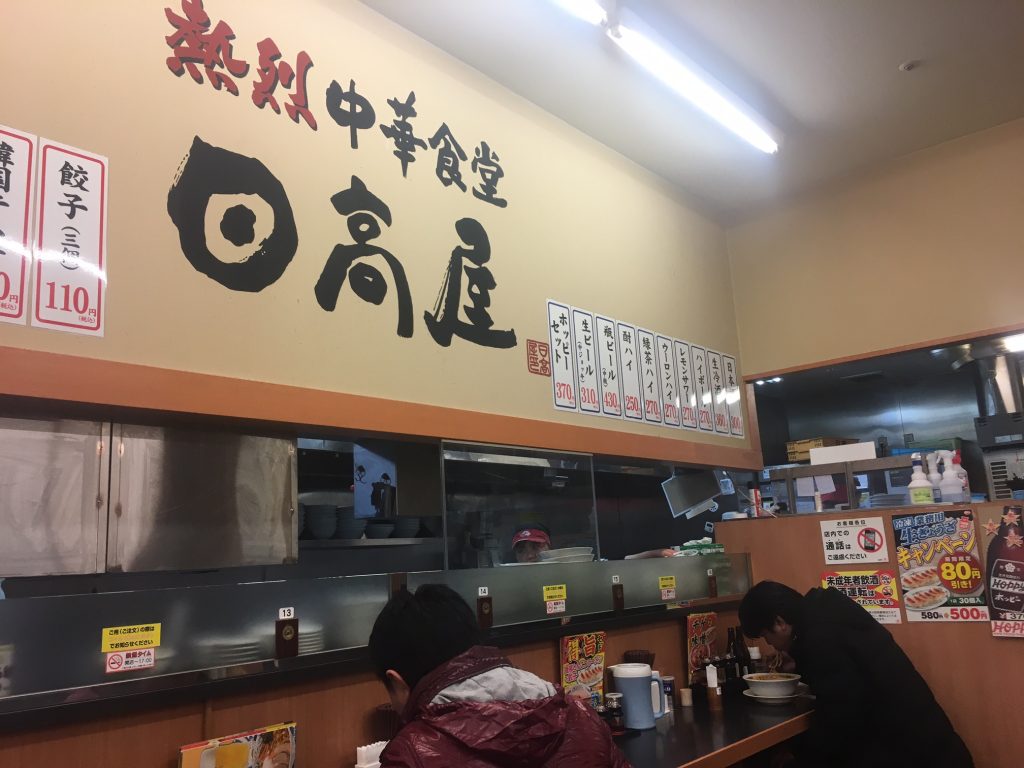
Their main menu is a variety of ramen noodles. In Japan popular ramen noodle restaurants serve their ramen noodles with own special recipes but high prices. On the other hand, Hidaya-ya serves basic ramen noodles with lower prices, which allows us to eat ramen noodles as a fast food.
But in order to keep the customer’s loyalty, they sometimes create special ramen noodles (but with reasonable pricing still) in limited time only. The below photo is their new menu, ramen noodle with thick starchy sauce and mixed vegetables (with dumpling of course). This is my recent favorite since I can eat plenty of vegetable while ramen noodle is normally considered as fast food with little nutrition.

And they are aggressive to attract foreign visitors to Japan. Rarely as a Chinese restaurant chain, they have a website not only in English but also in English and Chinese. And at the restaurants
http://hidakaya.hiday.co.jp/english/
Moreover while many fast food restaurant chains tend to limit their opening hours in midnight due to difficulty to secure employees who want to work in midnight, many branches of Hidaka-ya in Tokyo still open till 3 or 4 AM. It’s very helpful for Japanese business people who sometimes need to work until midnight while it’s not healthy to eat so late.
In order to lose weight this year, I need to overcome the temptation of Hidakaya’s ramen after work in midnight.




